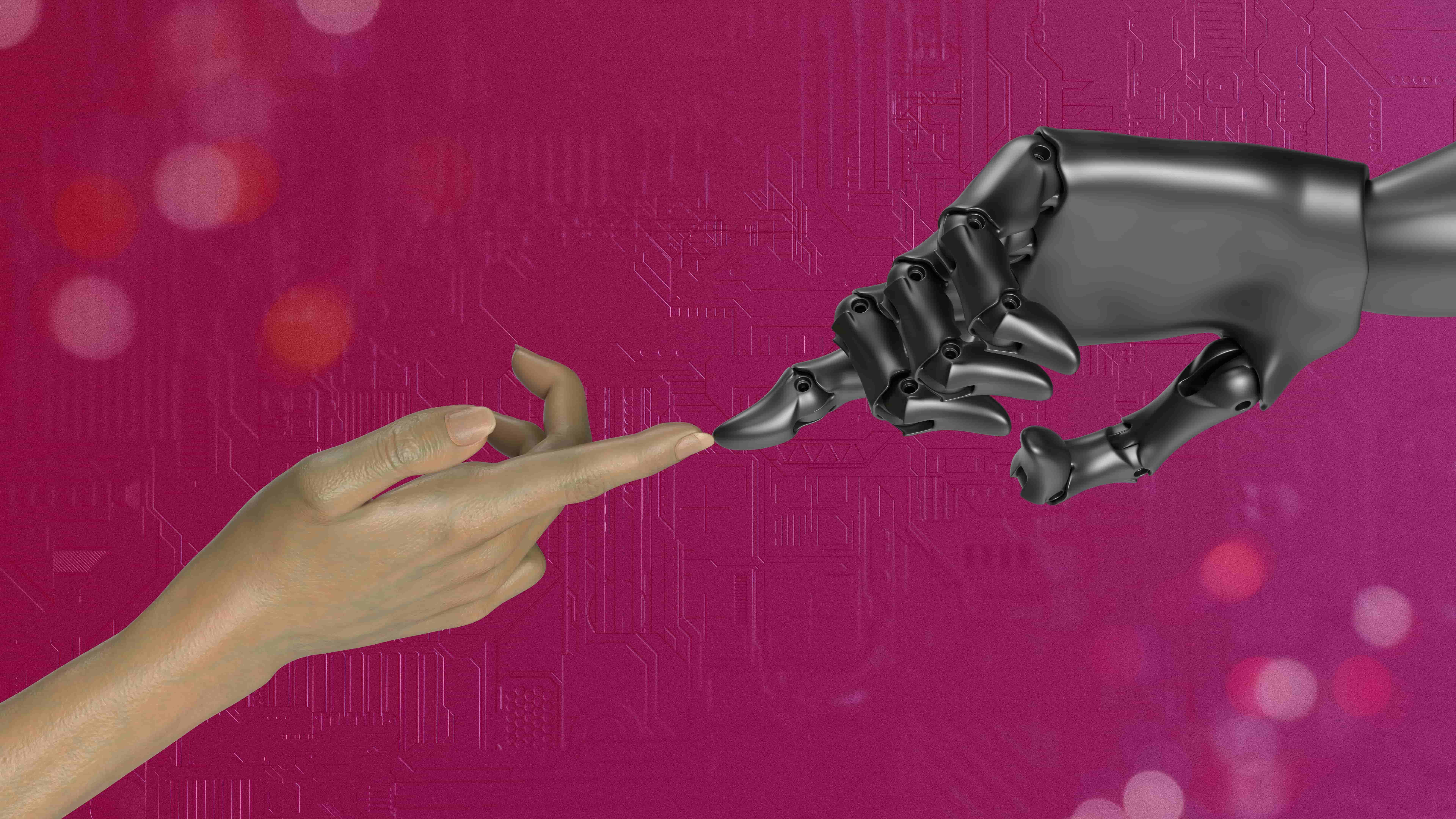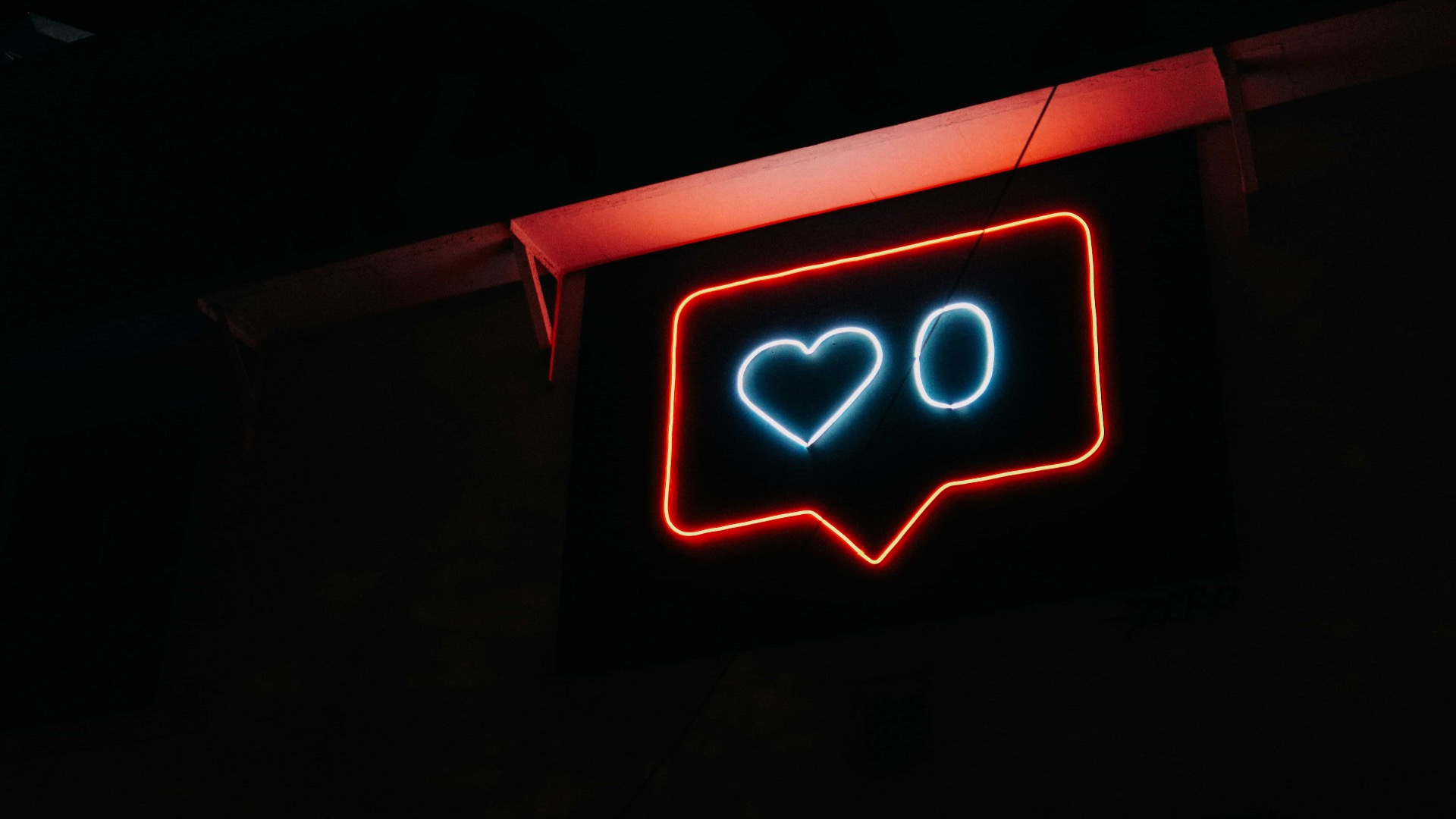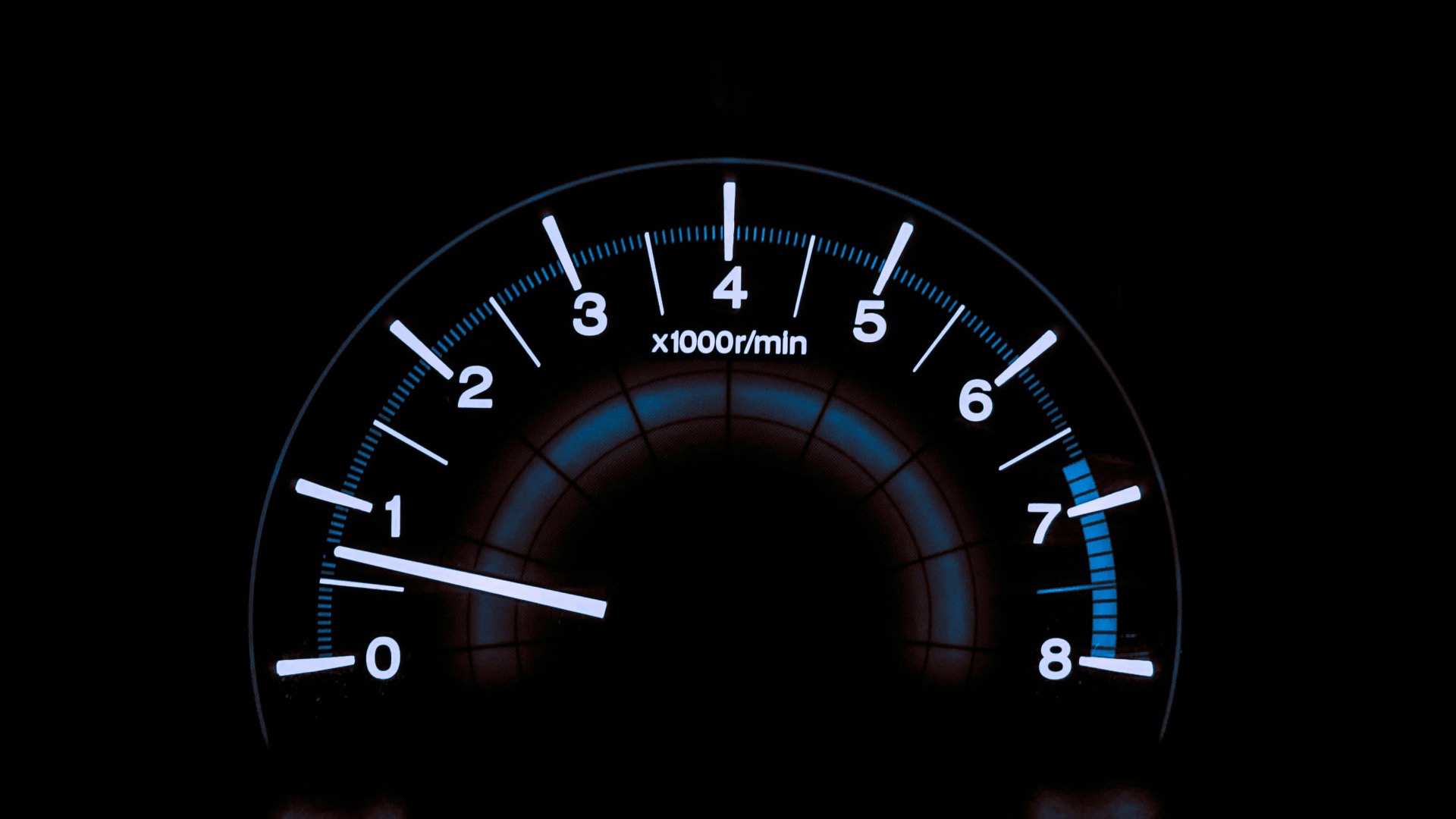Artificial intelligence is becoming a part of our daily lives, helping us with everything from answering questions to writing emails. But as these systems get more powerful, they raise an important question: Are they as unbiased as we think? A new study has shown that AI models, like those that generate text, can actually reflect the same social biases humans have. These biases - favoring people like ourselves and being more negative toward others - are a significant concern, especially as AI becomes more integrated into critical areas of life.
Understanding Bias in AI
In this study, researchers tested 77 different language models, including some of the most well-known, like GPT-3 and GPT-4. They gave the models simple prompts like “We are” and “They are” to see how the AI would finish the sentences. What they found was striking: the models tended to generate more positive language when completing sentences that began with “We are,” while they often used neutral or negative words to finish sentences that started with “They are.” This mirrors the way people often think about others - showing more warmth to those we see as part of our group and less kindness to people outside it.
Why Does This Happen?
AI models are trained on vast amounts of text data collected from the internet, including books, social media, and news articles. The problem is, much of this content contains biased ideas. When AI models learn from these sources, they pick up these biases, often without even realizing it. For example, online discussions about political or social issues can be highly biased, and AI models can unintentionally adopt those same biased viewpoints.
To make matters worse, the study found that when AI models were exposed to more politically charged or biased content, their biases became even stronger. For example, after training on content from social media platforms, the models were five times more likely to show negative attitudes toward groups outside the “ingroup.”
The Real-World Impact of Bias in AI
The results of this study highlight a serious issue. AI systems are increasingly used in areas like hiring, law enforcement, and customer service, where bias can lead to unfair decisions. If AI models favor one group over another - whether based on race, gender, or political views - it could create real-world inequality. For example, an AI that is biased in its responses could unfairly treat people differently based on their background or identity, which could perpetuate existing social divisions.
Even more concerning is the potential influence these biases could have on people’s beliefs. AI systems that mimic biased language could reinforce harmful stereotypes or deepen divisions between groups. For example, if an AI system continually associates negative terms with certain groups, users might start to believe these stereotypes are true.
Can We Fix It?
While this study highlights a serious problem, it also shows that there’s hope for making AI less biased. One promising finding is that AI models can be improved by carefully curating the data used to train them. By removing content that reinforces biased views and including more balanced perspectives, AI systems can be made to behave more fairly.
Another approach is fine-tuning AI models to follow specific guidelines, which can help reduce bias in the outputs. For example, some AI models that were specifically trained to avoid biased language showed much better results than those that hadn’t been fine-tuned. The key is to make sure the models are trained with the right kind of data and guidance.
However, while these steps help, completely eliminating bias in AI is a huge challenge. The study shows that even when AI is fine-tuned, some biases can still creep in. This is because bias is deeply embedded in human language and social structures, and teaching an AI to fully understand and avoid these biases is an ongoing task.
What’s Next for AI and Bias?
As AI continues to become a bigger part of our lives, it’s crucial that we understand the biases built into these systems. This study gives us valuable insights into how biases appear in language models and what can be done to address them. By continuing to improve AI training processes and ensuring that AI systems are designed to be fair, we can help make sure that these technologies benefit everyone, not just certain groups.
In the future, it’s important for AI developers to work closely with ethicists, sociologists, and other experts to ensure that AI models are not just powerful, but also just. With the right approach, we can reduce bias in AI systems and create technologies that truly serve all people equally, no matter their background or beliefs.
This research serves as a reminder that AI is only as good as the data we give it. If we want AI to work for a fairer and more inclusive society, we need to pay attention to the biases it learns and make sure it reflects the values of equality, respect, and fairness. By taking these steps, we can ensure that AI becomes a tool for unity rather than division.


